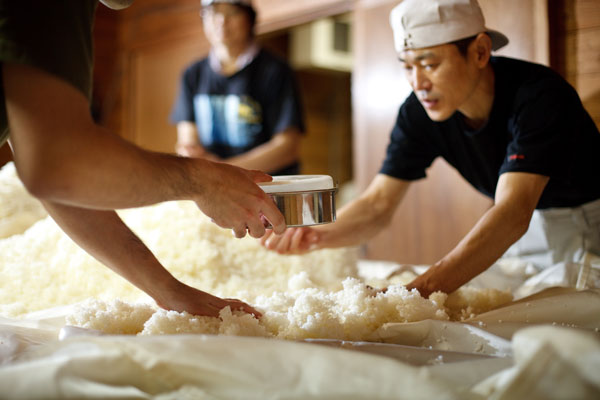
Sake Production & Ingredients
Good water makes good rice. Good rice makes good sake. Learn more about production and ingredients of Premium Sake...
Production of Premium Sake
Sake is brewed, and its production is therefore reminiscent of that of beer. Its alcohol content, however, is about 15% which, in addition to its various flavour profiles, makes it most closely comparable to wine. In spite of these comparisons to both wine and beer, Sake production is unique in that it entails the simultaneous conversion of starch to sugar and the alcoholic fermentation of said sugar (beer, on the other hand, is brewed from pre-saccharized malt).
The heart of Sake production lies in the conversion of rice starch into fermentable sugar. Even the first Sake produced over 2000 years ago went through the same starch-to-sugar conversion as modern Sake with the small caveat that back then it wasn’t Koji mold which was responsible for this biochemical ignition, but rather an enzyme within the saliva of young priestesses who would chew boiled rice to kickstart fermentation. In modern times, Koji is applied as a fine powder to steamed rice to create, under precise temperatures, a converted and fully fermentable form of rice. The Koji-inoculated rice is then mixed with freshly steamed rice and water to form the mash. The ensuing fermentation process is typically carried out at gentle, low temperatures to allow for the development of elegant and balanced flavour profiles.
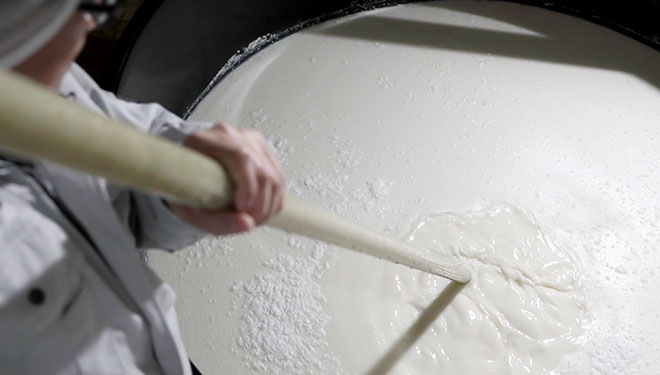
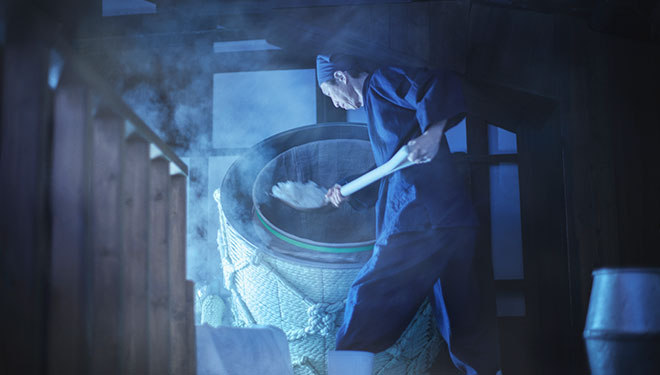
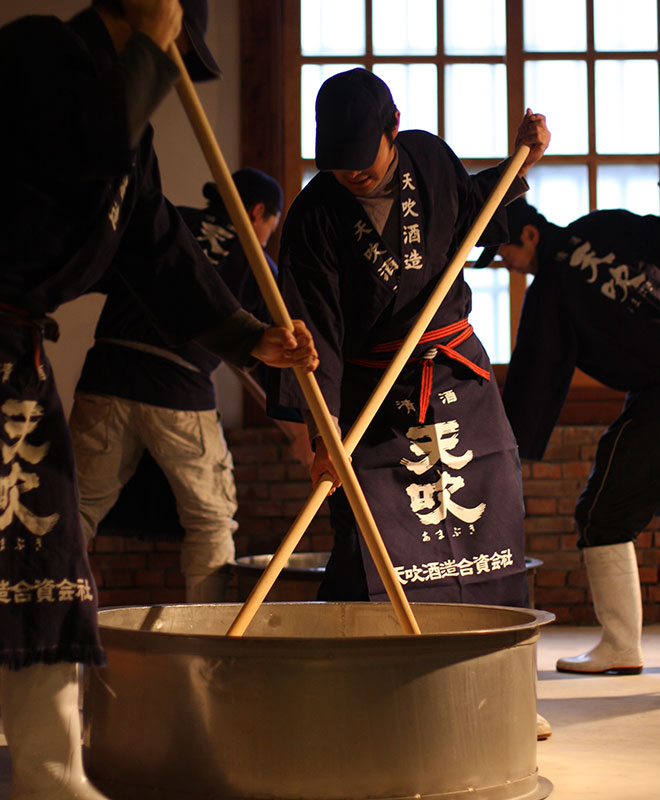
Toji Brewmaster - the Master of Sake
Sake is traditionally brewed in the winter to take advantage of the naturally low temperatures. Most brewery workers fulfill a dual function of working outdoors in an agricultural capacity in the summer whilst focusing on brewing activities in the winter. The master brewer is called Toji and is responsible for conducting the symphony of activities within the brewery and managing the workers who carry out such activities. Historically, a Toji would independently negotiate a contract with a brewery and then take it upon himself to build a brewery team consisting of local villagers. Occasionally, the Toji and his team would move to an entirely different brewery in pursuit of better pay.
Toji were often in the habit of working far from home, sometimes being away from their families for up to a half a year at a time. These tough working conditions were required to achieve the organisational skills, production know-how, and years of experience necessary to become a master brewer. Today, the sons and daughters of brewery owners typically study brewing science at university to achieve many of those same skills before returning home to work at the family brewery and eventually take over the role of Toji Brewmaster.
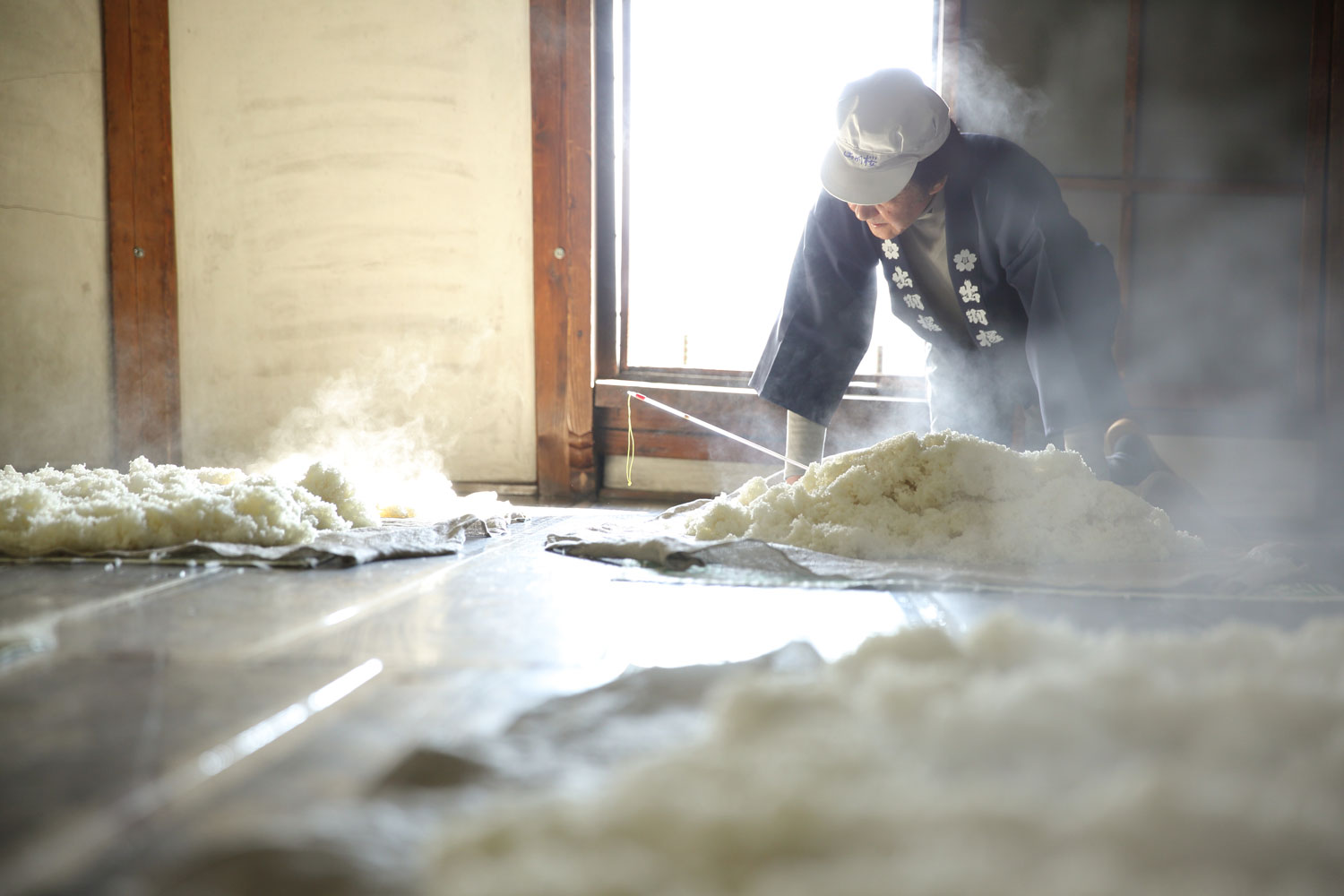
Ingredients of Premium Sake
Sake is crafted from just four core ingredients: rice, water, koji mold, and yeast.
The type of rice and mineral-rich water define its flavor profile, while koji converts starches into fermentable sugars. Unlike other alcohols, sake requires no additives. Its purity stems from meticulous brewing traditions.
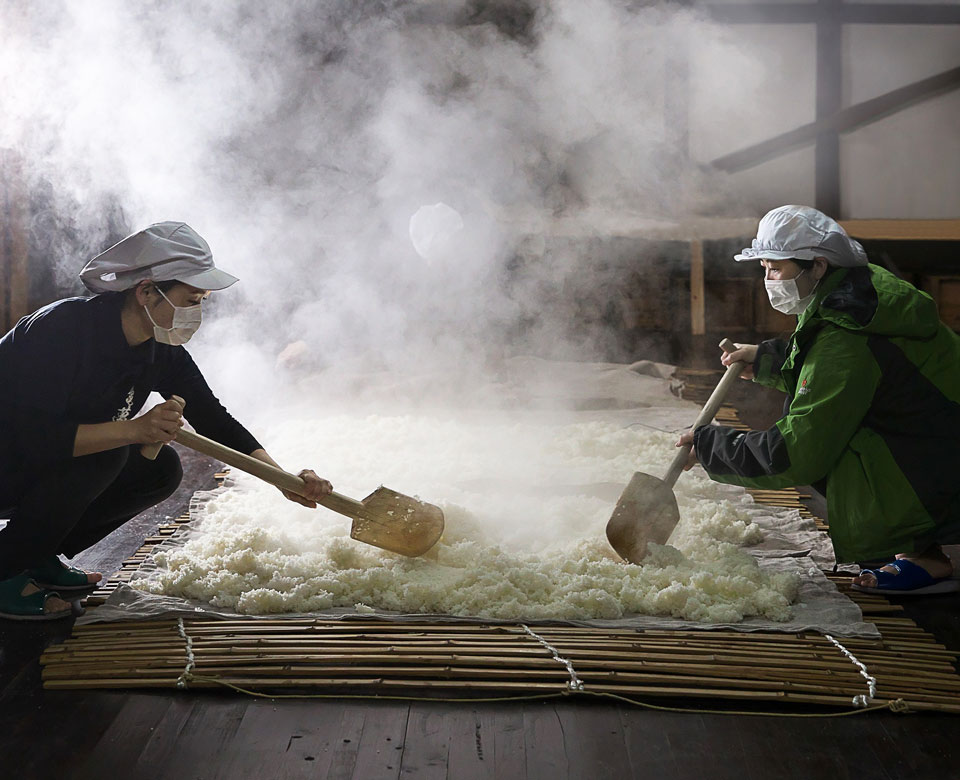
Special rice - the Heart of Premium Sake Brewing
While much sake is made with normal table rice, premium sake is brewed with special rice varieties which have favorable properties for fermentation. Sakamai (sake rice) have up to 25% larger rice grains than table rice,and have a much higher concentration of rice starch, which is the most critical factor for Sake brewing. In addition to the precious starch, rice also contains fats and proteins. These, however, are not desirable in sake production as they can contribute to harsh, overbearing flavors. The starch of good sake rice is concentrated in the center of the grain whereas the other components tend to be concentrated at the edges. Thereby, one can polish away the undesirable components of the rice via mechanical abrasion while leaving the starch-rich center of the grain intact. So as more and more of these fats and proteins are polished away, the finer and more aromatic the resulting Sake will be. While grape variety plays a huge role in determining the flavor profile of wine, rice variety plays less of a direct role. It does, however, influence the character of the fermentation and thereby influences the overall flavor of the sake. There are roughly 60 different varieties of sake rice and this number is constantly growing due to new hybrids.
Most important rice varieties for Premium Sake:
Yamada Nishiki
Grown in the southwestern regions of Hyogo and Hiroshima. The “King of Sake Rice” is the rice variety most commonly used in the annual national competition of Sake. Sake of this rice is fruity, lively and elegant.
Gohyakumangoku
Grown in the northwestern regions of Niigata, Ishikawa and Toyama. This rice produces light, dry and very refined Sake.
Omachi
Grown in the southwestern regions of Okayama and Hiroshima. This variety creates Sake which present themselves as calm, dry and with excellent acidity.
Miyama Nishiki
Grown in the northern regions of Akita, Yamagata, Nagano. This variety yields Sake with diverse tastes and beautiful acidity.
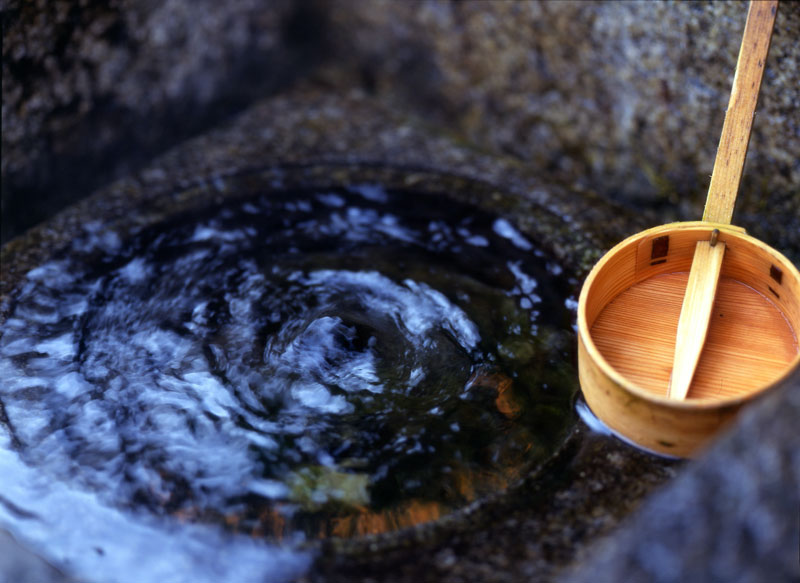
Mineral-rich water define the flavor profile of Sake
Sake is 80% water, so the quality of water determines the body and overall impression of the end product. In addition to going into the actual product, a huge amount of water is also used for washing, steaming, and cleaning during a production run. Therefore, breweries tend to be located in places with access to an excellent water source. Fortunately, Japan is a wet country. Rain in forests and snow melt are filtered by dense mosses and intricate soil networks and emerge as highly pure mountain water. The ancient village of Nada in Kobe brews its renowned Sake with water from the famous Miyamizu Spring. This particular water is relatively hard and high in phosphorus and magnesium in the general context of Japanese water, and the resulting Sake is strong and well-structured. The Japanese thereby refer to the Sake from Nada / Kobe as “Otoko-Sake,” or, “Men’s Sake.” Coincidentally, the Sake from Fushimi / Kyoto, roughly 80km Eastwards, is brewed with softer water and is known as “Onna-Sake,” or, “Women’s Sake.”
Good Sake makes people happy...
...such is the beautiful cycle of nature which the Japanese have worshipped and maintained since ancient times. According to the ancient Japanese religion, Shinto, gods live in every part of the natural world, in thunder, rivers, animals… Sake has historically been brewed as a gift to appease these gods and to give thanks for all that they offer humans. In the old imperial city of Kyoto, there is a Shinto shrine dedicated to the god of Sake, Matsuo-sama. This old-fashioned ceremonial Sake is even still brewed today by Shinto priestesses, whose breweries are decorate with miniature shrines for prayers before the start of the work day.
